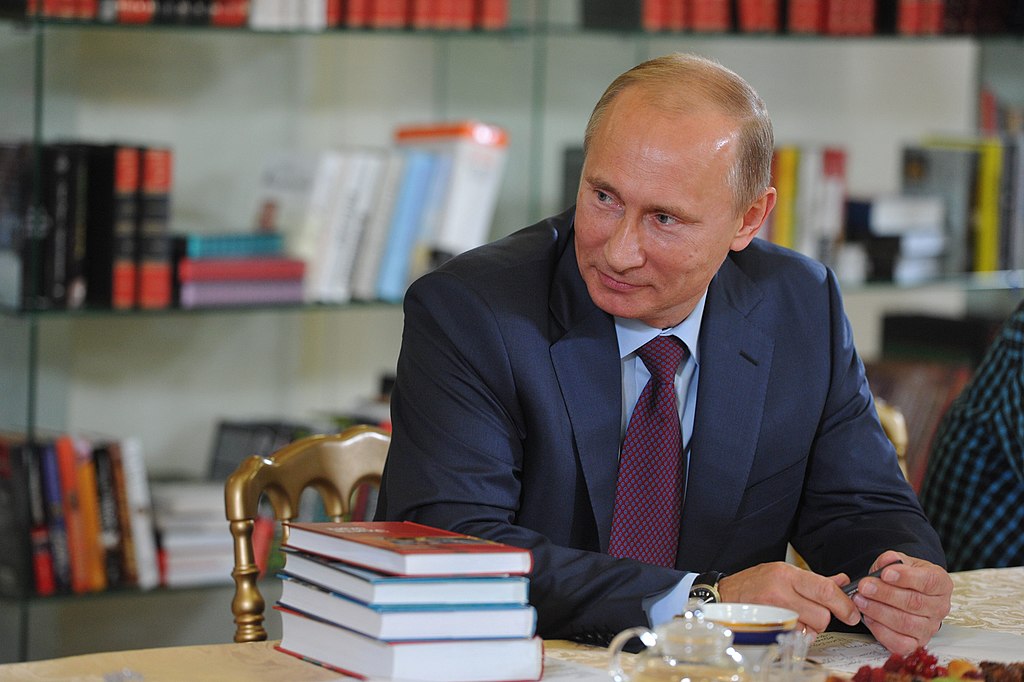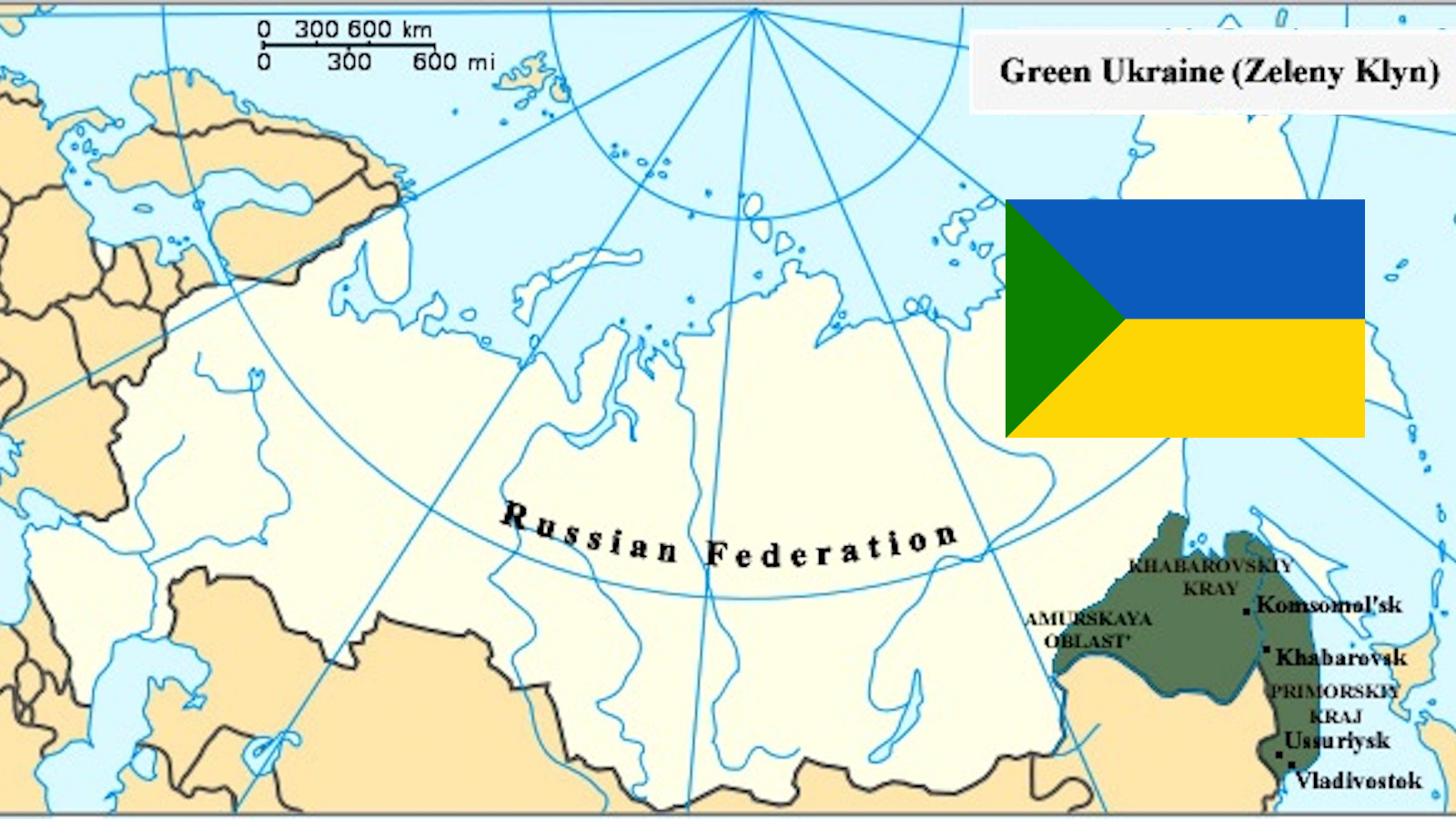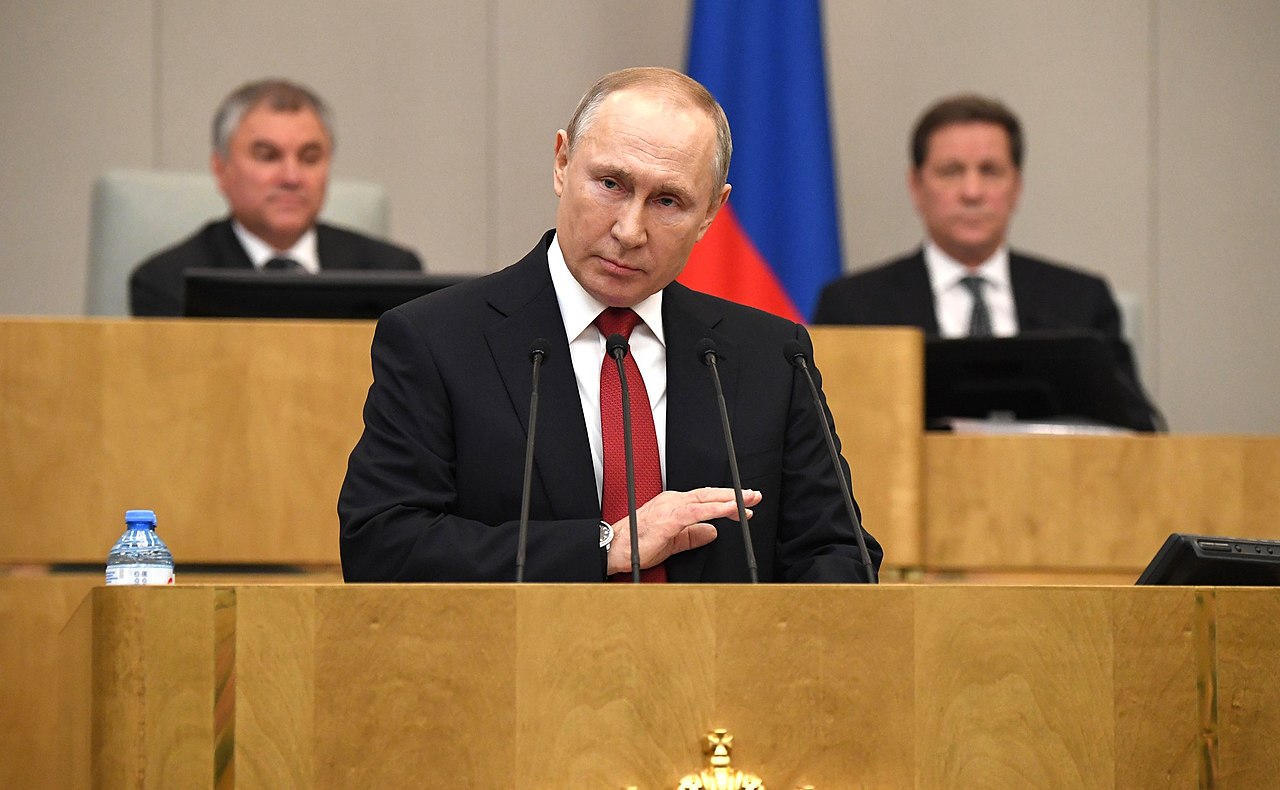NATO-Russia border: “No peeing towards Russia,” warns a sign in Norway

- Norway’s border with Russia is the northernmost, as well as the most stable part of the NATO-Russia frontier.
- The Norwegians want to keep it that way and recently have sharpened existing restrictions.
- You can get fined for touching Russia, throwing stones at it, and now also peeing toward it.
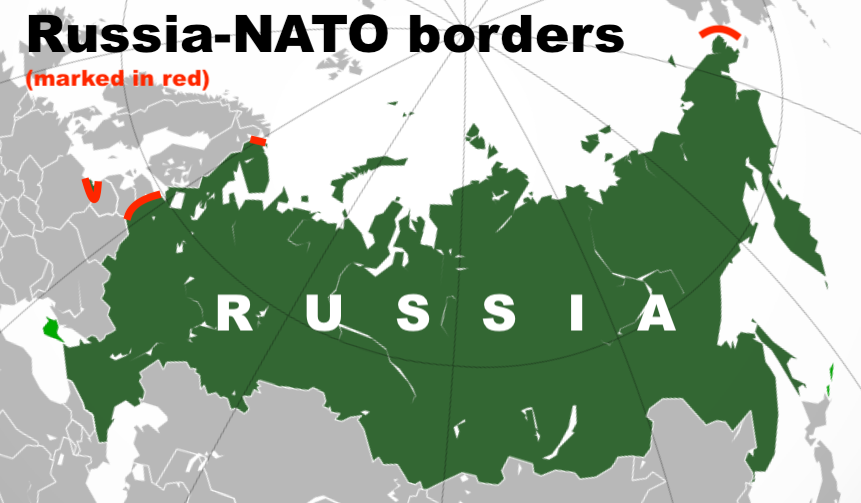
With its back toward the Arctic, suspicious of its neighbors, and envious of their warm water ports, Russia historically fears encirclement by its enemies. The current bogeyman is NATO. The North Atlantic Treaty Organization sees the world quite differently. On its web page, it devotes an entire chapter to unpicking five persistent Russian anti-NATO myths.
NATO’s oldest land border with Russia
Number four is the one about encirclement, a “myth” that ignores geography, NATO says: “Only 6% of Russia’s land border touch NATO countries. Russia has land borders with 14 countries. Only five of them are NATO members.”
Russia and the U.S., NATO’s linchpin, share a sea border. The two countries face each other across the cold waters of the Bering Strait, famously splitting the Diomede Islands between them: Big Diomede is Russian, Little Diomede American. In the middle runs the International Date Line, which is why they are also known as Tomorrow Island and Yesterday Island, respectively.
The land borders are all in Europe. The Russian exclave of Kaliningrad is jammed in between Poland and Lithuania. Latvia and Estonia, the two other Baltic states, share a direct border with Russia, as does Norway. These five neighbors of Russia are all NATO members, although some in longer standing than others.
Norway’s land border with Russia, all 123 miles (198 km) of it, is the northernmost bit of the NATO-Russia land border. It is also the oldest part: from the founding of NATO in 1949 until its post-Berlin Wall enlargement, it was the only place where Russia and NATO touched. NATO’s borders with Russia further south are the result of Poland joining in 1999, followed by the three Baltic states in 2004.
Do not provoke thy neighbor
Over the decades, the Norwegians have cultivated a careful attitude toward their northernmost neighbor. Norway takes pride in the fact that the Russo-Norwegian border hasn’t changed since 1826 and that Norway is the only neighbor with which Russia has never been at war.
Strictly speaking, that boast is only valid in Europe — Russia (or the Soviet Union) never fought with its Far Eastern neighbor North Korea. And for the Soviet period: Russia, post USSR, has not had a war with its newly-minted neighbors Belarus or Kazakhstan either. (Ukraine is the current, bloody exception to the exception.)
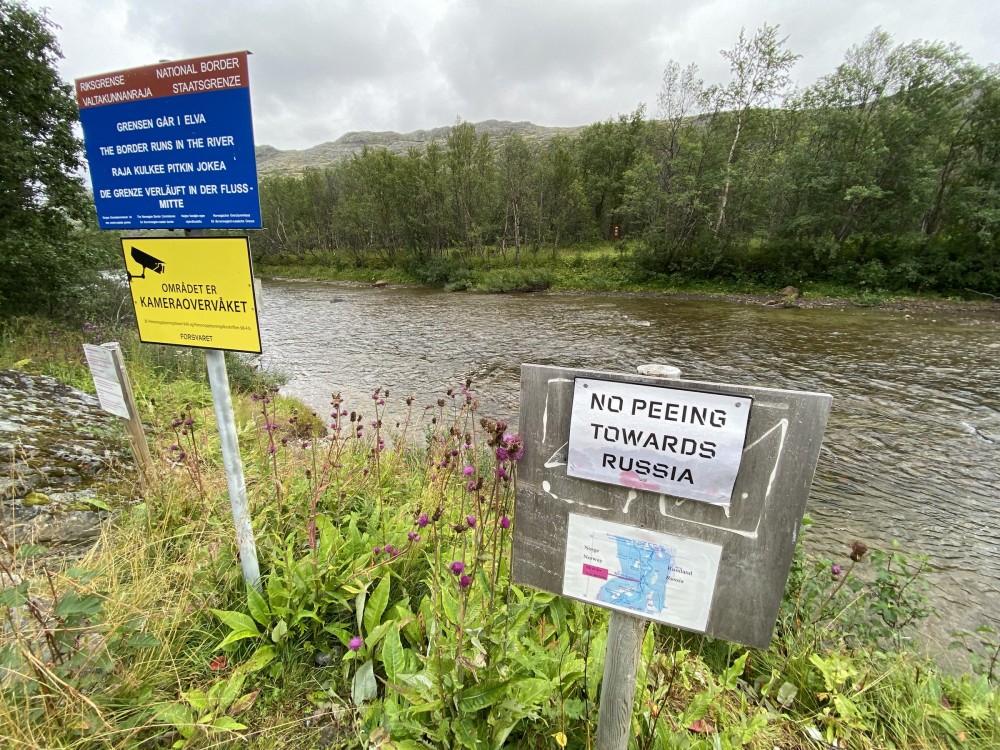
A more relevant point in Arctic geopolitics occurred in 1950 when, one year after co-founding NATO, Norway voted in the so-called riksgrenseloven, a law designed to manage its border with the Soviet Union (but without mentioning its mighty neighbor by name). The law, which is still on the books, specifically prohibits:
- “offensive behavior directed at the neighboring state or its authorities”;
- photographing the neighbor’s territory at a distance of up to 1,000 meters from the border; and
- conversation or other communication across the border between persons who do not have permission from the relevant authority.
The northernmost part of Norway’s border with Russia is formed by a river the Norwegians call the Jakobselva, once widely famous for its salmon. (It was leased to anglers from England in 1865.) Due to current restrictions, only locals with special permits are allowed to fish in the river, which at certain times and places is just a few meters across.
A new no-no on the NATO-Russia border
Tourists are drawn to what is forbidden, so they flock to the Jakobselva to peer into Norway’s unapproachable neighbor. At a particularly popular hotspot, a new no-no sign has joined the pre-existing profusion of prohibitions. As reported by the Barents Observer last August, a new sign shows that urinating toward Russia from the Norwegian bank of the river has now been recognized as a particular form of insult, one that can result in a fine of 3,000 Norwegian kroner (about $350) or more.
Speaking to the Arctic paper of record, Norway’s Border Commissioner Jens Høilund noted that “[the sign] is set up in a place where tourists often stop, often the first stop after a long drive. It is likely that some have fallen for the temptation to urinate in the area.”
However, it is best to resist that temptation. The area is under camera surveillance, and the Norwegian border guards mean business. A few years ago, they detained four persons throwing stones across the river. Last year, a woman was filmed “putting her left hand across the border” and fined 8,000 kroner ($918).
The Barents Observer does not mention whether anyone has been fined yet for peeing toward Russia, but with tensions between NATO and the Kremlin currently at a nerve-wracking high, Norway’s border guards are sure to keep a sharp eye out for anyone aiming a “number one” into the river — or entirely across, if the need is particularly urgent.
Strange Maps #1142
Got a strange map? Let me know at strangemaps@gmail.com.
Follow Strange Maps on Twitter and Facebook.

